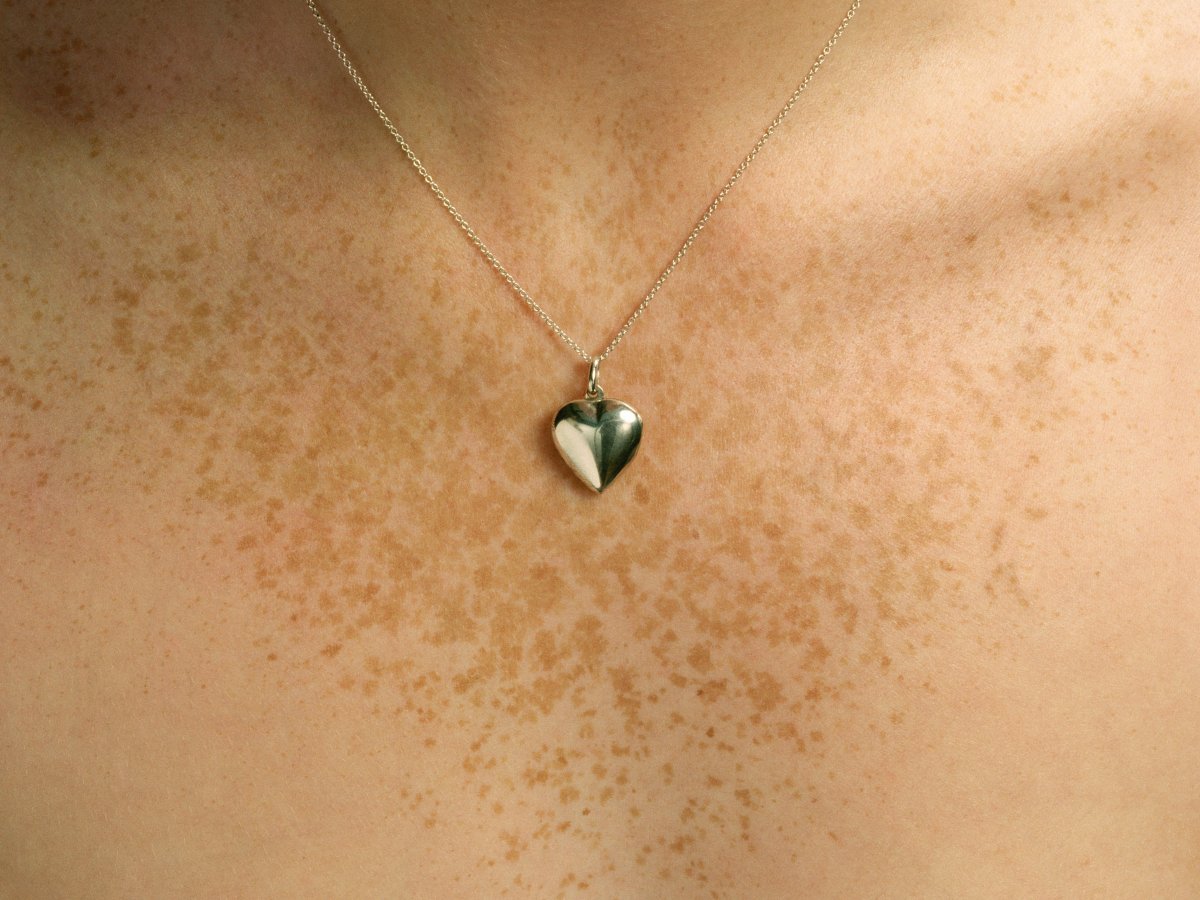Rebecca Hockaday, a mother of two from Georgia, noticed a new freckle on her chest one day and thought, understandably, that it was due to sun exposure. But as more began to proliferate over the course of the following months, she scheduled an appointment with her dermatologist. An ensuing biopsy tested positive for inflammatory breast cancer (IBC).

WATCH BELOW: Woman’s breast cancer detection tip goes viral

“Honestly, I thought they were sun spots. I thought they were going to say, ‘just your skin aging,'” she said to TODAY. “Never in a million years did I think, OK, this is going to be cancer.”
IBC is a rare and dangerous form of breast cancer that affects approximately two per cent of the Canadian population, says Dr. Claire Holloway, provincial clinical lead of the Disease Pathway Management and Diagnostic Assessment Program at Cancer Care Ontario.
Its symptoms are not conventional either, which is why it’s so dangerous. By the time it has been detected, it has more than likely spread to the lymph nodes or other organs, which makes for a poor prognosis and requires an aggressive treatment plan.
Unlike other forms of breast cancer where the primary symptom is a lump in the breast and which is detectable via self-exam, a doctor exam or a mammogram, IBC’s indicators are unusual and can seem unrelated.
These symptoms include: a lump in the armpit (which would indicate association with the lymph nodes), a change in the shape or feeling of the breast (it might feel heavier or warmer), a change in the appearance and colour of the skin near or on the breast (it might look dimpled or pitted), changes in the contour of the breast, nipple (it could start to point inward) and/or areola.
“That this woman’s indicators were freckles is atypical for inflammatory breast cancer,” says Dr. May Lynn Quan, associate professor of surgery and oncology at the University of Calgary and director of the breast health program at Foothills Medical Centre. “Usually it looks like a breast infection — the skin will be red, inflamed, swollen and you’ll be able to see your pores.”
Quan does not want to espouse the notion that sunspots are an indication of IBC, nor does she want people going to a dermatologist to be diagnosed.
“I don’t know how often a dermatologist would see a patient with an inflamed breast,” she says. “IBC is not a skin cancer.”
Another unfortunate aspect about IBC is that a routine mammogram is unlikely to detect it.
- Health task force blasted over ‘dangerous guidance’ for cancer screenings
- Dentists hesitant to sign up for federal dental plan; seniors advised to look at all options
- David Chang’s Momofuku to stop ‘chile crunch’ trademark battle after outcry
- Over 25% of young Canadian deaths linked to opioids amid pandemic: study
READ MORE: This lesser known breast cancer warning sign helped save British woman’s life
“Because this disease tends to progress rapidly and the recommended schedule for mammograms is every two years for average-risk women, the likelihood that it will catch inflammatory breast cancer is not terribly high,” Holloway says. “The chances are slim that a woman would be in the window between what a mammogram can detect and noticeable symptoms.”
Treatment for the disease is rather aggressive, although Holloway says it is always individualized based on any other pre-existing medical conditions, as well as preferences and goals of treatment. However, because the disease is usually advanced when it first appears, it requires multiple approaches including chemotherapy, surgery and radiotherapy — in that order.
“The standard used to be to perform radical surgery first and then chemotherapy, but patients did poorly,” Quan says. “The cancer is not just in the breast, it involves the skin too, and because the cancerous cells get into the lymphatics of the skin, it’s really important to treat it medically with chemotherapy first.”
Hockaday underwent 10 months of treatment that involved chemotherapy, surgery to remove both breasts and intense radiation, and has emerged cancer free. Now, she says, she takes oral chemotherapy and receives multiple injections because the rate of recurrence is high.
READ MORE: These are the other breast cancer symptoms you should be aware of




Comments